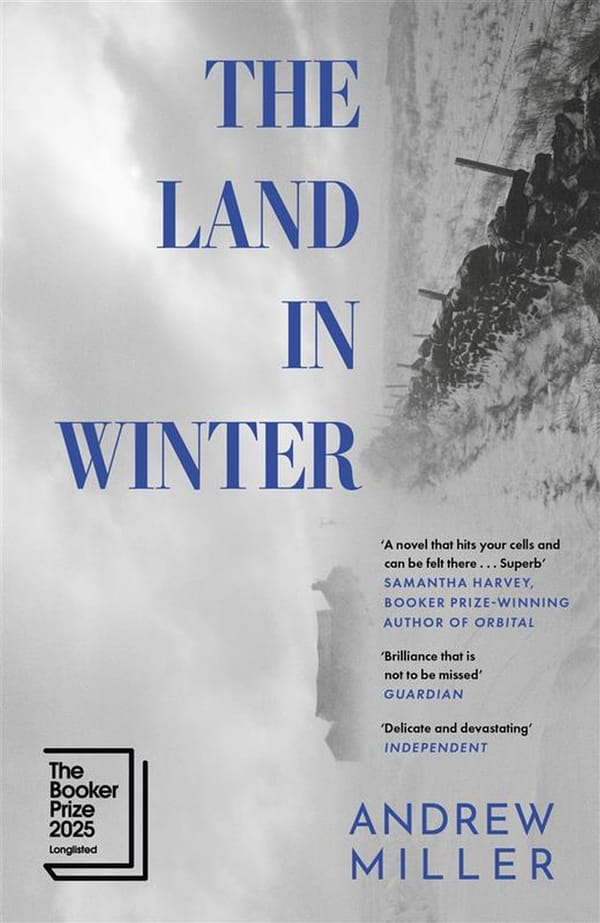UK gov’t to offer contracts for renewable energy projects annually
The UK Government has increased the frequency of auctions for renewable energy projects

The UK Government has increased the frequency of auctions for renewable energy projects in an attempt to both boost investment and jobs as well as further commit to its climate goals. Previously, the Contracts for Difference (CfD) auctions were held every two years, which allowed private energy and renewables companies to bid for public energy contracts. Since its inception, the CfD auction scheme has reduced the per-unit price of offshore wind by around 65%.
The hope is that renewable energy providers will be more incentivised to bid for contracts, which will contribute to the growth of the UK’s renewable energy infrastructure. The use of auctions helps to drive down the cost of these technologies, cost reductions that can be transferred to the end-user.
It is predicted that offshore wind will supply the majority of the UK’s power within the next 30 years, with 95 gigawatts (GW) being generated by 2050. Today, offshore wind generates around 10GW, which is enough to power seven million homes.
In terms of climate goals, the UK has many. The Government hopes to reach net-zero greenhouse gas (GHG) emissions by 2050. In its contributions to the Paris Agreement, the UK also committed to reducing its GHG emissions by 68% by 2030 compared to 1990 levels. This commitment was regarded by the Climate Change Committee (CCC) as ‘a decisive commitment to a net-zero emissions trajectory, consistent with the Paris Agreement’.
Since 1990, the UK has reduced its carbon footprint from 809.1 million metric tonnes of CO2 equivalent to 414.1 million metric tonnes in 2021, which equates to around 40% of 1990 levels. However, to reach the 68% reduction by 2030, the UK will have to cap its production at 358 million metric tonnes of CO2 equivalent. With the increase in renewable energy project auctions, the hope is that offshore wind will play a big part in that reduction.
On the change, Business and Energy Secretary Kwasi Kwarteng remarked, “The more clean, cheap and secure power we generate at home, the less exposed we will be to expensive gas prices set by international markets.”
This kind of remark has newfound significance since the news of the rise in the energy price cap earlier this year, which is estimated to leave six million households unable to pay their energy bills. An increase in offshore wind power can also be seen as part of the journey towards energy independence in post-Brexit Britain. Only last month was Kwarteng celebrating a £210 million investment in the Rolls-Royce small nuclear reactor (SMR) project.
“Through the SMR programme, not only could we ensure greater energy independence, but create new British intellectual property we can then export around the world so we’re less dependent on other countries for technology.” Kwarteng said.
Discussion on the green credentials of nuclear reactors aside, we must approach any celebration of green energy projects with an air of measured scepticism. The UK government’s track record on committing fully to climate targets has been historically lax. In a report published last year, analysts from the CCC discovered that the UK had only provided sufficient ambition within four out of a possible 21 key decarbonisation areas.
The report revealed a worrying ‘policy gap’ that, if not filled by effective and enforceable green policies, would result in the UK missing its climate targets. Another incredibly worrying revelation is that the GHG reductions reported are territorial in nature, meaning they intentionally omit GHG emissions that come through UK-purchased imports. A 2020 report by the WWF stated that ‘nearly half of the UK’s carbon footprint comes from emissions released overseas to satisfy UK-based consumption’.
This is a problem for ensuring that emissions reporting is done accurately and the UK can satisfy its climate targets. However, the UK Government sees no issue and views progress such as the annual CfD contracts as an international advantage. “The UK is already leading the world in renewable energy.” Energy Minister Greg Hands commented.
“Today’s announcement will take us even further. This will help provide cheaper energy to consumers, guaranteeing more of our energy is produced at home and reducing our dependence on fossil fuels.”
Furthermore, while the Government celebrates its apparent green-fingered approach to the UK’s energy mix, it still provides an overwhelming amount of financial support to the fossil fuel industry. Since 2015, £13.6 billion has been handed to fossil fuel companies in the form of subsidies, £9.9 billion of which were solely made to provide tax relief. On average, that is around £1.9 billion per year. In comparison, only last year did the Government announce £265 million in subsidies for renewables—to be split between solar, wind, and tidal energy projects.
While more renewable energy projects are arguably a good thing for ending UK reliance on fossil fuels, the main issue is, ultimately, trust. Can we trust Government pledges to provide effective and equitable mitigation strategies to help limit global warming to 1.5 degrees? Can we see a future where fossil fuels are completely off the table when they’re still so intimately tied to Government coffers? Are an extra seven million homes powered by renewable energy worthwhile while six million extra households can’t afford to heat themselves through winter? The right approach to renewable energy infrastructure is not simply building more offshore wind projects, it also needs to include equity and fairness within every decision made.









